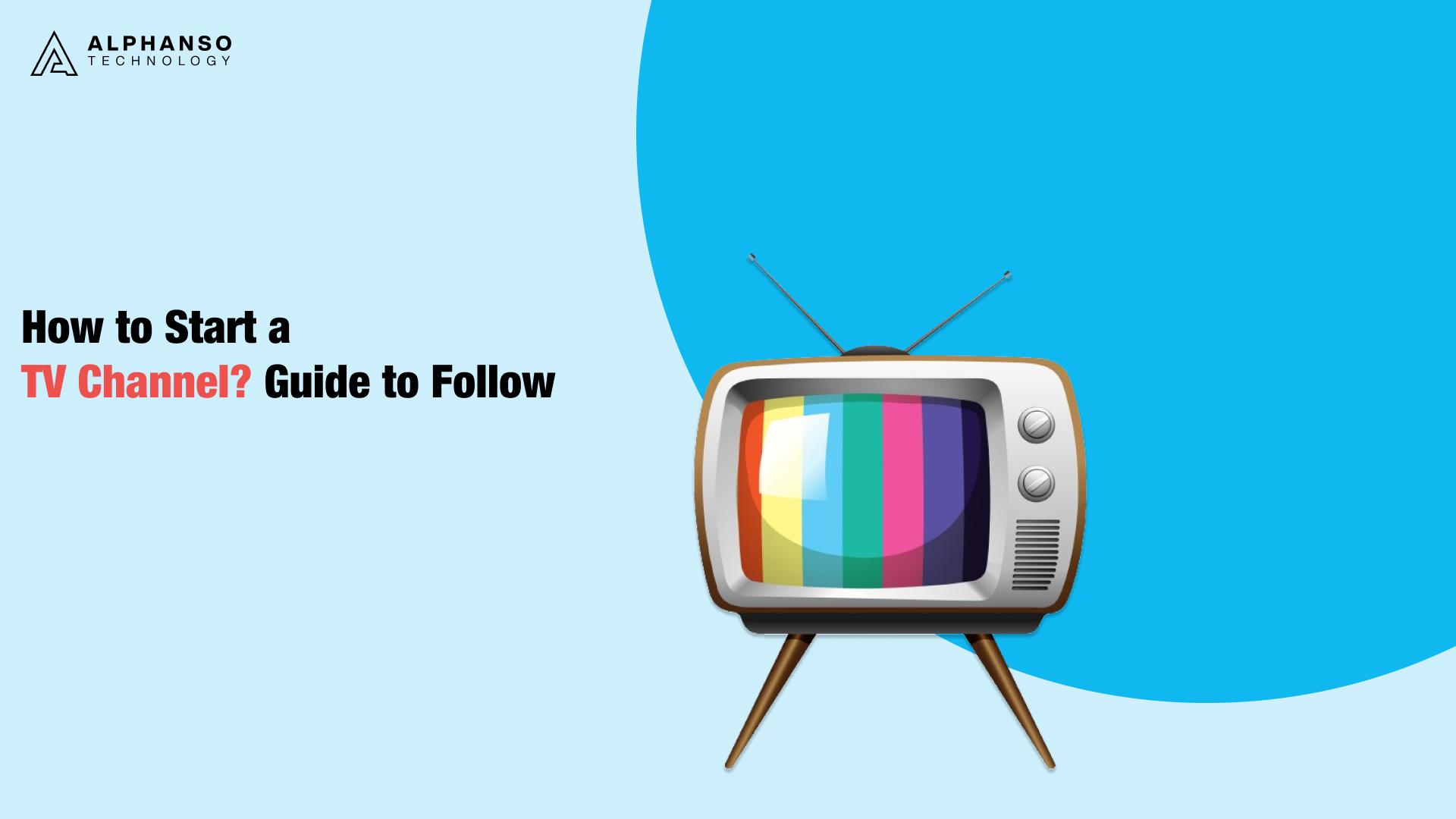3 Easy Facts About Apollo Group Tv Explained
3 Easy Facts About Apollo Group Tv Explained
Blog Article
Apollo Group Tv Fundamentals Explained
Table of ContentsFacts About Apollo Group Tv UncoveredApollo Group Tv for DummiesNot known Facts About Apollo Group TvApollo Group Tv for Dummies
In this circumstance, rather than having three-minute business spots throughout a 30-minute television program, television programs might alter to one where a customer will certainly be called for to have a month-to-month registration, so that they cen view targeted banner advertisements. This kind of marketing currently happens on the web, and the amount of data tv firms gather allows them to do much the very same.Explain the significant patterns among the broadcasting and wire networks. Popular radio reveals such as authorities dramatization Dragnet and western cowboy series Gunsmoke were adapted for television, and new TV shows were funded by solitary advertisers, just as radio shows had actually been.
Today, the television sector is even more complicated. Programs are funded by numerous advertisers; programming is regulated by major media empires; and the three significant networks no much longer dominate the airwaves yet rather share their audiences with various cable channels. Numerous factors account for these trends within the sector, including technical advancements, federal government regulations, and the development of brand-new networks.

The smart Trick of Apollo Group Tv That Nobody is Discussing
Developed in 1969, (PBS) established out of a report by the Carnegie Payment on Educational Tv, which examined the duty of instructional, noncommercial tv on culture. Public television was also meant to offer universal accessibility to tv for customers in country locations or viewers that could not pay for to pay for exclusive tv services.
The period in between 1950 and 1970 is historically recognized as the. Apart from a little part of airtime managed by public tv, the three significant networks (understood as the Big Three) controlled the television industry, jointly accounting for more than 95 percent of prime-time watching. In 1986, Rupert Murdoch, the head of multinational firm News Corp, released the Fox network, challenging the prominence of the Big Three.
Targeting young and minority audiences with shows such as Buffy the Vampire Slayer, Moesha, Dawson's Creek, and The Wayans Bros., the new networks really hoped to draw terminals away from their old network associations. However, rather than repeating the success of Fox, UPN and WB battled to make an impact. Not able to attract several associate stations, both new networks reached fewer families than their bigger rivals due to the fact that they were impossible in some smaller sized cities.
This here are the findings choice led the way for the growth of cord movie channels, adding to the rapid development of cord in the 1980s and 1990s. apollo tv group. Additional deregulation of cord in the 1984 Cord Communications Plan Act removed limitations on cord rates, enabling drivers to bill what they desired for cable television solutions as long as there worked competitors to the service (a standard that over 90 percent of all cable markets could fulfill)
Some Known Facts About Apollo Group Tv.

Having created the very first "superstation," Turner expanded his world by founding 24-hour news network CNN in 1980. At the end of the year, 28 national programming services were available, and the cord transformation had actually started. Over the following decade, the industry underwent a duration of quick development and popularity, and by 1994 audiences might choose from 94 fundamental and 20 costs cable services.
Figure 9 - https://fliphtml5.com/homepage/kjoln.16 Raised competition from cord channels has actually triggered a constant decline in the networks' audience scores. During the 1950s, the price of producing a solitary television program raised as shows became much longer and manufacturing costs soared. Sponsorship on network tv shifted from solitary sponsorship, in which a program was entirely supported and created by one advertiser, to multiple sponsorship, in which marketers purchased 1- or 2-minute places on the program
Each feedback must be a minimum of one paragraph. Select one of the Big 4 networks and publish out its once a week programming timetable. Enjoy the network's prime-time programs over the course of a week, keeping in mind the target demographic for each program. Observe the advertising and marketing enrollers that support each show and compare how the items and services fit with the intended audience.
Some Known Questions About Apollo Group Tv.

Straight television, typically referred to as traditional broadcast TV, incorporates cable and satellite television. It's called "direct" since web content follows a fixed shows schedule, unlike on-demand material which the specific viewer determines to enjoy based upon their very own preferences and timetable. When you ask, "What is direct Television?", consider it as the classic method of seeing TV that has actually been around for decades.
Report this page